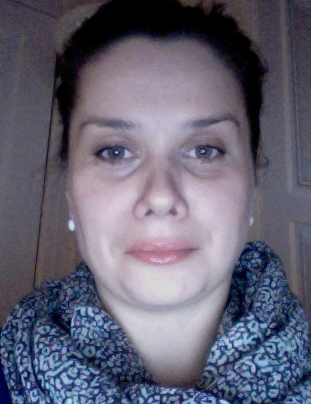Disentangling causality: assumptions in causal discovery and inference
Abstract
References
Recommendations
Causal Discovery via Causal Star Graphs
Discovering causal relationships among observed variables is an important research focus in data mining. Existing causal discovery approaches are mainly based on constraint-based methods and functional causal models (FCMs). However, the constraint-based ...
A Simple Constraint-Based Algorithm for Efficiently Mining Observational Databases for Causal Relationships
This paper presents a simple, efficient computer-based method for discovering causal relationships from databases that contain observational data. Observational data is passively observed, as contrasted with experimental data. Most of the databases ...
Causality for Trustworthy Artificial Intelligence: Status, Challenges and Perspectives
Causal inference is the idea of cause-and-effect; this fundamental area of sciences can be applied to problem space associated with Newton’s laws or the devastating COVID-19 pandemic. The cause explains the “why” whereas the effect describes the “what”. ...
Comments
Information & Contributors
Information
Published In

Publisher
Kluwer Academic Publishers
United States
Publication History
Author Tags
Qualifiers
- Research-article
Funding Sources
Contributors
Other Metrics
Bibliometrics & Citations
Bibliometrics
Article Metrics
- 0Total Citations
- 0Total Downloads
- Downloads (Last 12 months)0
- Downloads (Last 6 weeks)0

